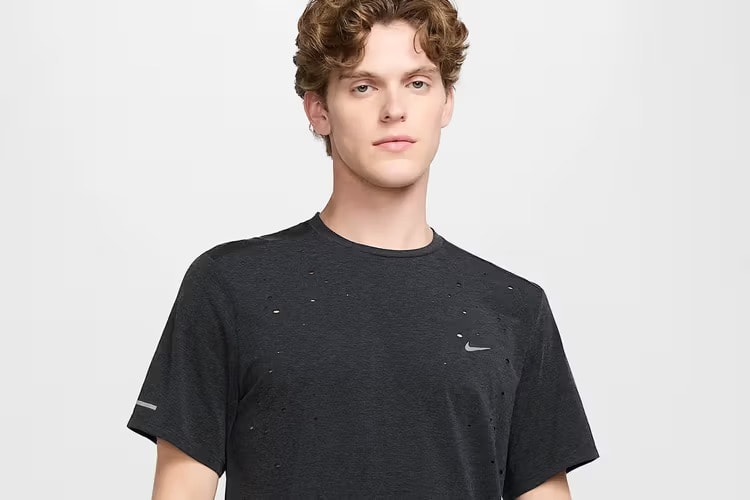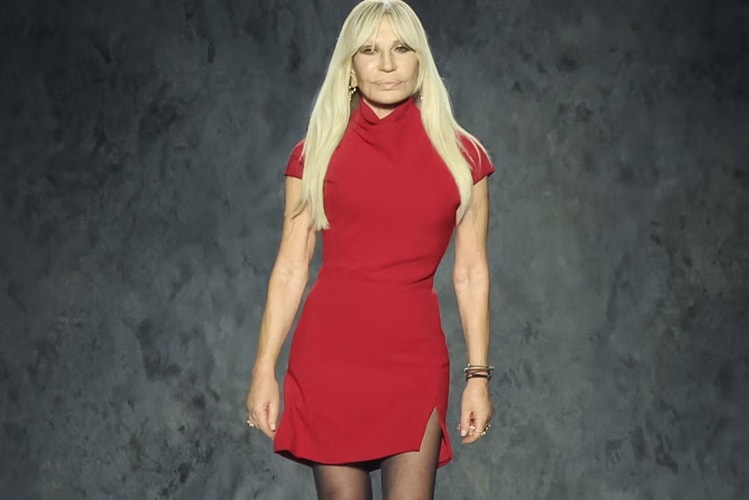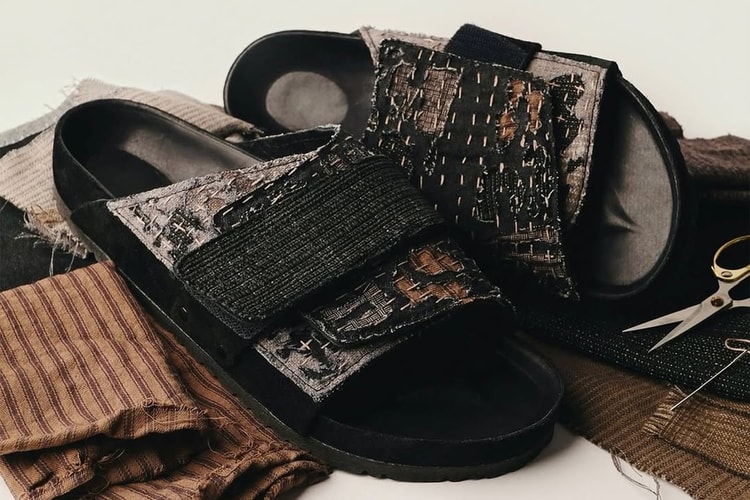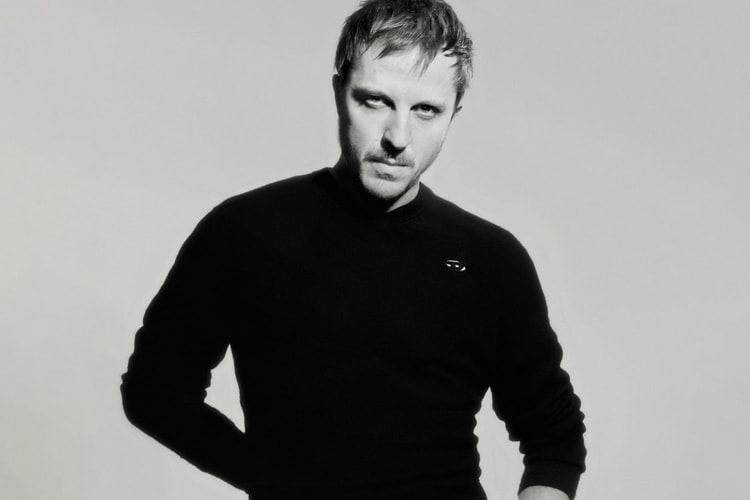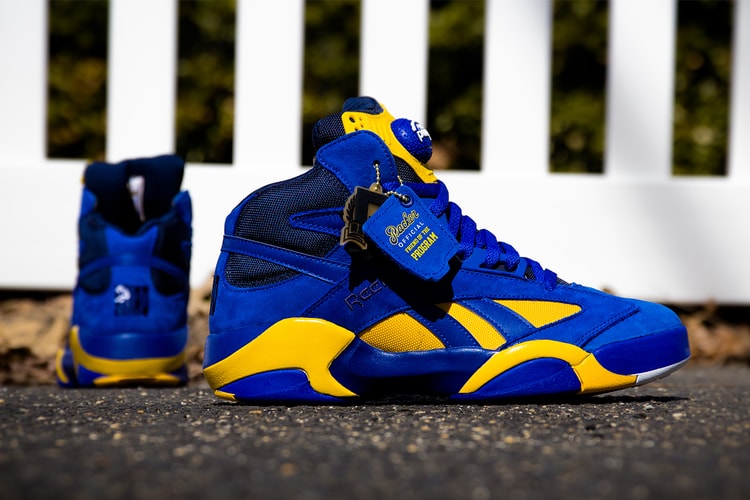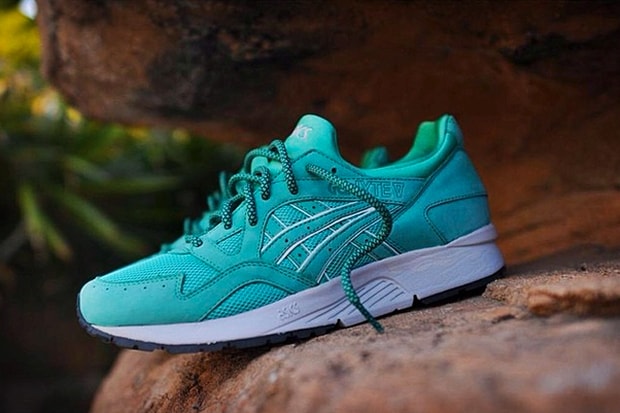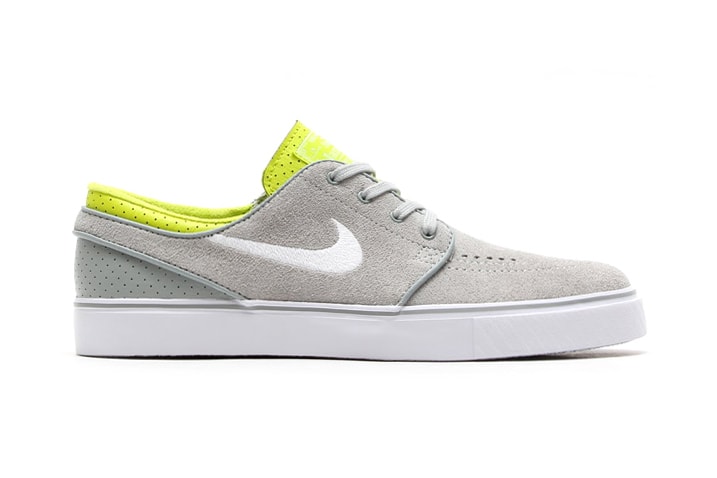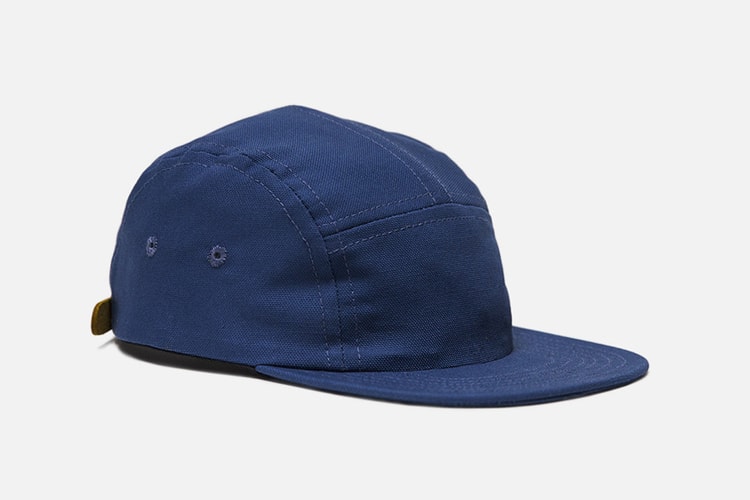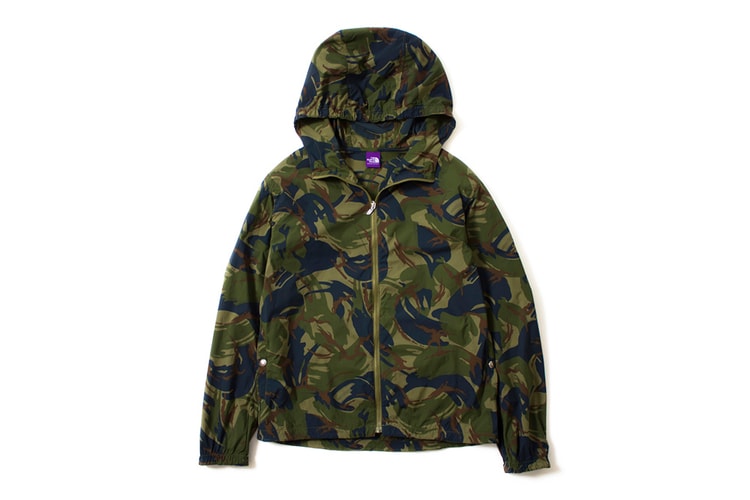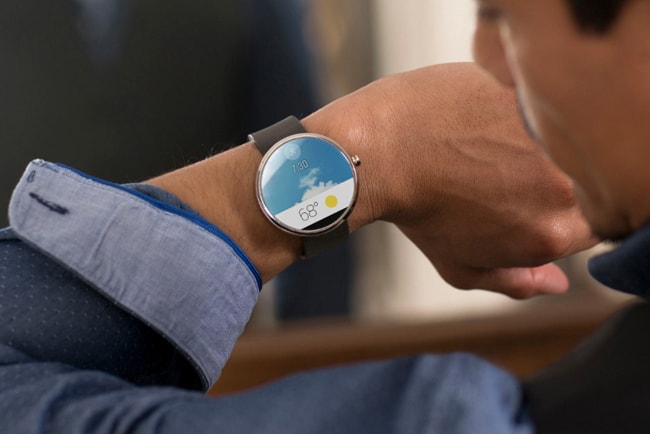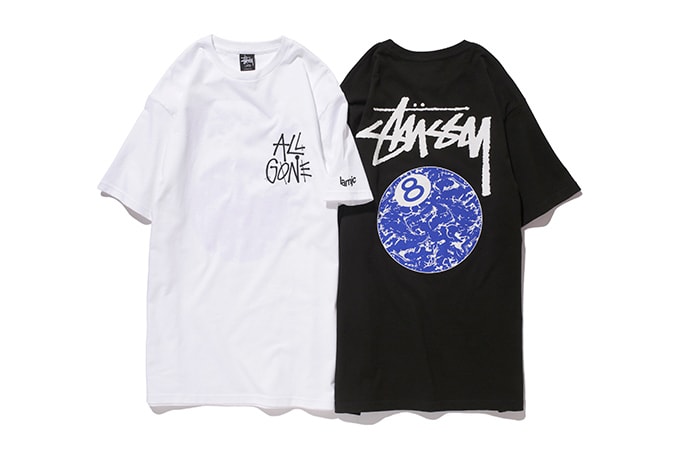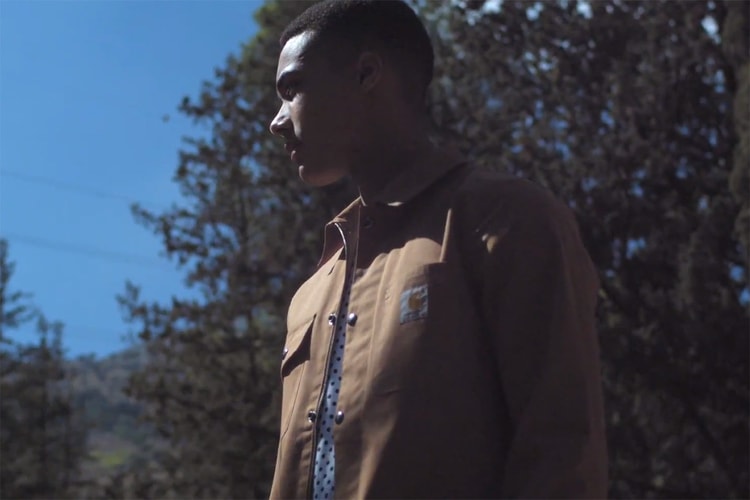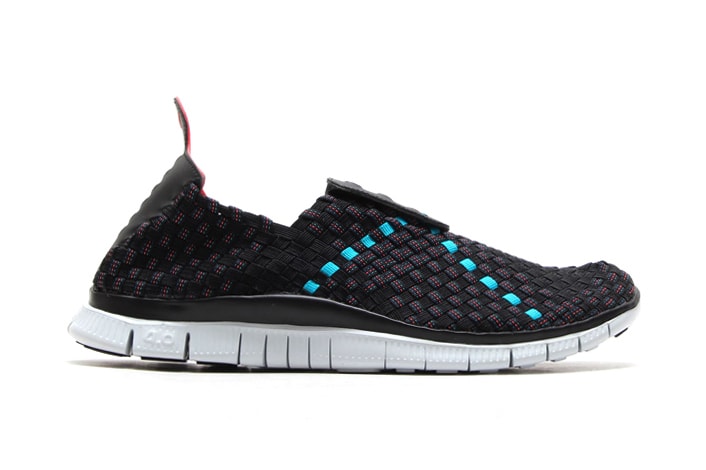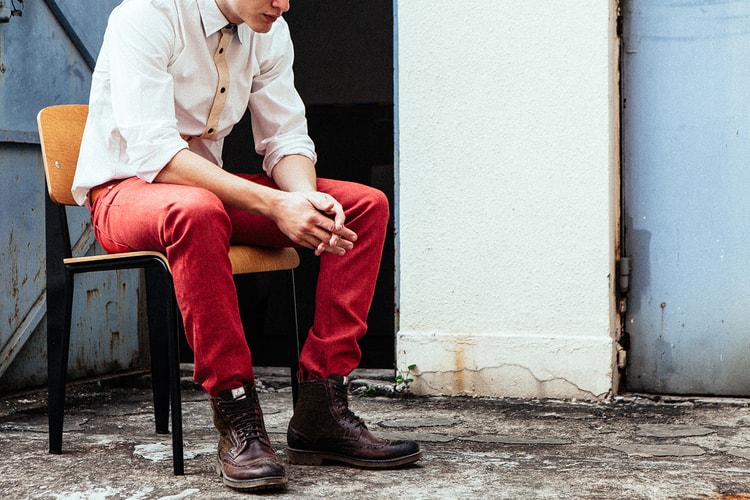designboom 专访 Nike Free 设计师 Tobie Hatfield
Nike Innovation Kitchen 的总监 Tobie Hatfield 多年来一直致力于把对运动员的了解和他们的需求运用到产品的不断创新上。Tobie 的经典设计包括 Michael
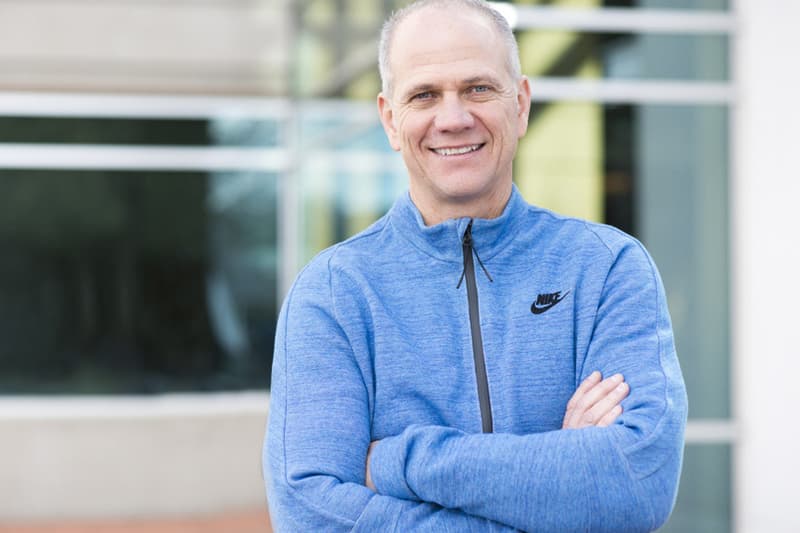
Nike Innovation Kitchen 的总监 Tobie Hatfield 多年来一直致力于把对运动员的了解和他们的需求运用到产品的不断创新上。Tobie 的经典设计包括 Michael Johnson 的 Gold Spikes 跑鞋,Presto 系列,以及恰逢 10 周年的 Nike Free 技术。这位创意总监在最近接受 designboom 的采访时,聊到了他早年的职业发展,他的兄弟,Nike Free 是怎样构想出来的,同时他也分享了工作之余他一般都做些什么。以下是该采访的片段,阅读全篇请前往 designboom 。
What made you want to be a designer?
I never wanted to be a designer growing up. I’ve always had a curious, creative side to me but I never pursued it like my brother Tinker did, he was always designing and studied architecture before working at Nike. My dad was a track and field coach and I was an athlete at school and college, and because of that I’ve always been interested in how the body moves. At college I studied anatomy and physiology, which has turned out to be a blessing. In a way, design eventually found me, rather me finding it.
How did you come to be a designer at Nike?
I was a pole vaulter, as was my brother and Bill Bowerman (founder of Nike) was his coach at the University of Oregon. At that time I was in high school, but Bill made me my first pair of custom track shoes. To do this he took X-rays of my feet so he knew where to best place the spikes. This was my first brush with the Nike model of the designer working very closely with the athlete to improve their equipment and performance, albeit as an athlete, but seeing Bill work like that first-hand left a strong impression on me.
I continued with my pole vaulting for a couple of years after college but several injuries later I decided to move into coaching like my father, then after only a short time coaching I joined Nike [1990]. I knew plenty of people at Nike through my brother and they’d asked me to interview a few times but I never did until I had the chance to go and work at their Asian Research & Development Center in Taiwan. I speak Mandarin, because my wife is Taiwanese – so combined with my background in athletics the job was a good fit. In Taiwan I worked with materials initially, then shoe development, then engineering.
After almost seven years in Taiwan I wanted to move back to oregon to be closer to my dad who had been diagnosed with cancer. I got involved with design around that time (at Nike’s world headquarters in Beaverton). The first notable project I worked on was the gold track shoe worn by Michael Johnson at the 1996 Atlanta Olympics, in which he won two gold medals in the 200 and 400 sprints – that got my shoe design career off to a great start!



